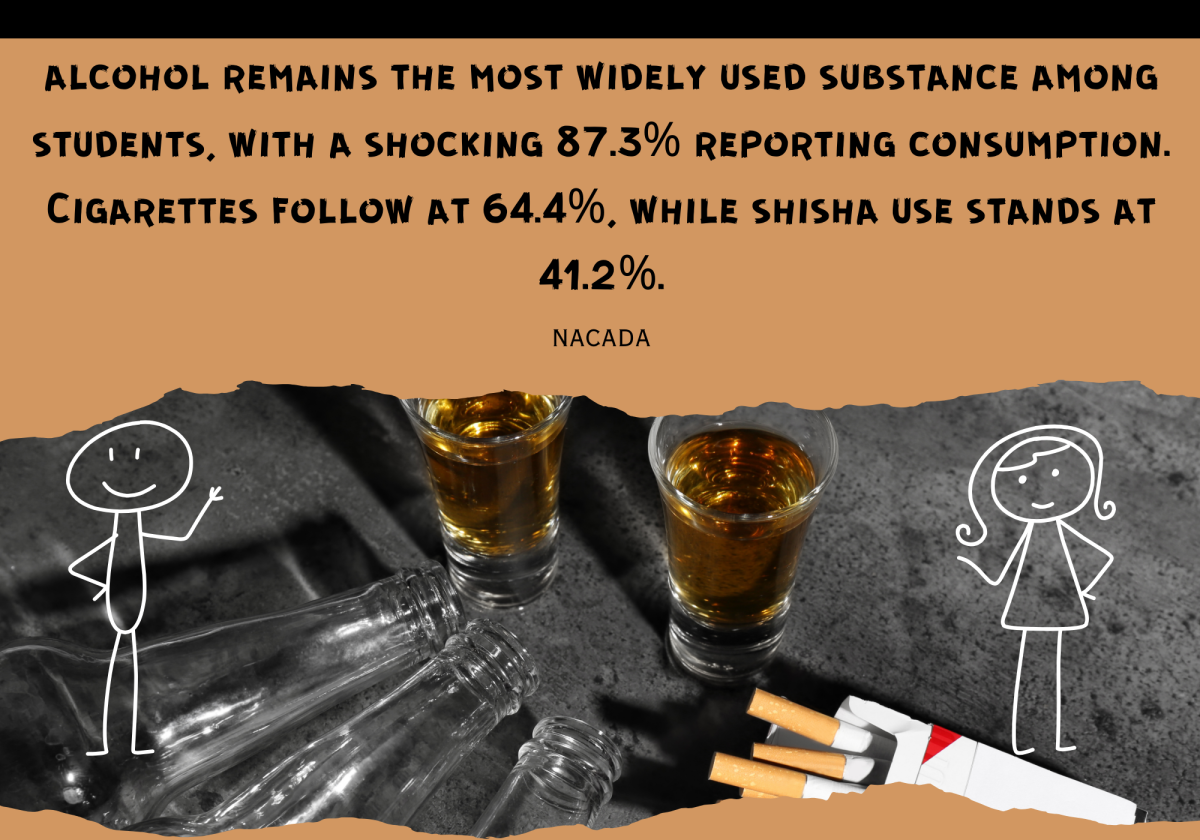Written by Yvonne Misando
The National Authority for the Campaign against Alcohol and Drug Abuse (NACADA) released a 2024 report on drug and substance use among university students.
The report, published on Thursday, February 13th 2025, showed that students are using drugs like heroin, cocaine, bhang, codeine, ecstasy, morphine, and ketamine.
Alcohol is the most common substance used (87.3%), followed by cigarettes (64.4%), shisha (41.2%), vape/e-cigarettes (31.0%), nicotine pouches (30.7%), kuber (23.0%), and snuff/chewed tobacco (22.1%).
Earlier, NACADA also reported that parents have the biggest impact on whether children use alcohol and drugs. The primary caregiver shapes a child’s early development, which affects their future behavior.
To keep children safe from drugs, parents need to communicate openly and teach them about the dangers of substance use. Talking early, even during grade school, helps children understand how alcohol and drugs can harm their body, brain, and learning abilities. Regular check-ins allow kids to share what’s going on in their lives, and discussions should also cover how the media shows drugs and alcohol.
Families play a big role in preventing drug use. Parents should set clear rules and model healthy behavior. Eating together as a family helps keep the bond strong and creates space for conversations. Parents should also be aware of what’s going on in their child’s life, including who they hang out with and what influences they face.
The wider community, like coaches, teachers, family members, and neighbors, should also be aware of drug risks. It’s important to teach children how to resist peer pressure and say “No!” to drugs. Having a strong sense of self-worth and knowing what is right or wrong will help children avoid risky behaviors.

